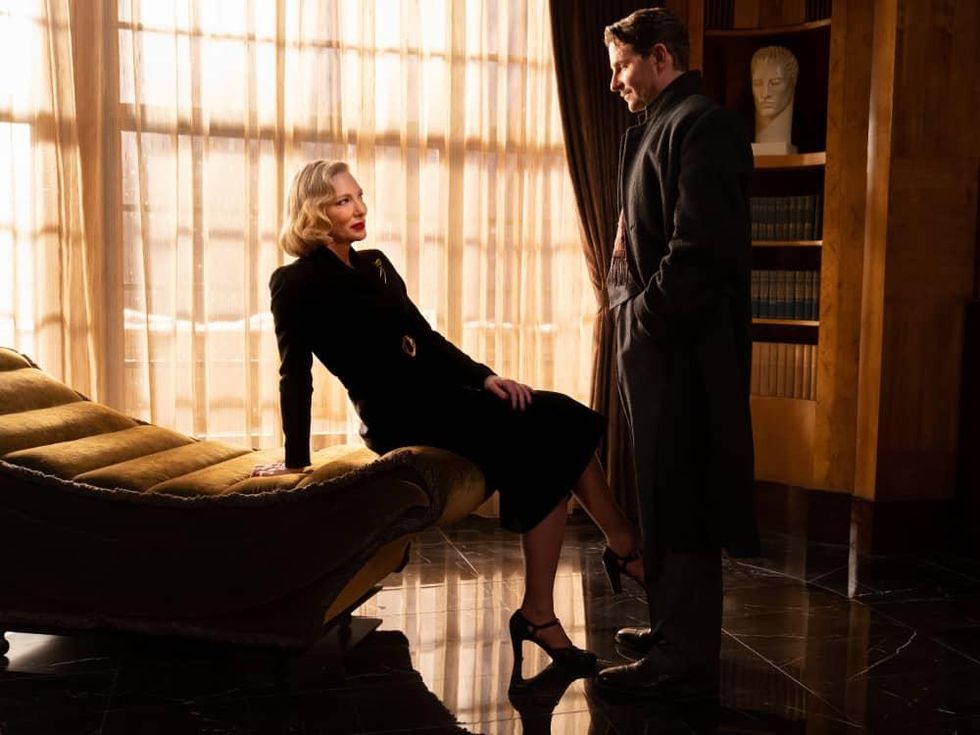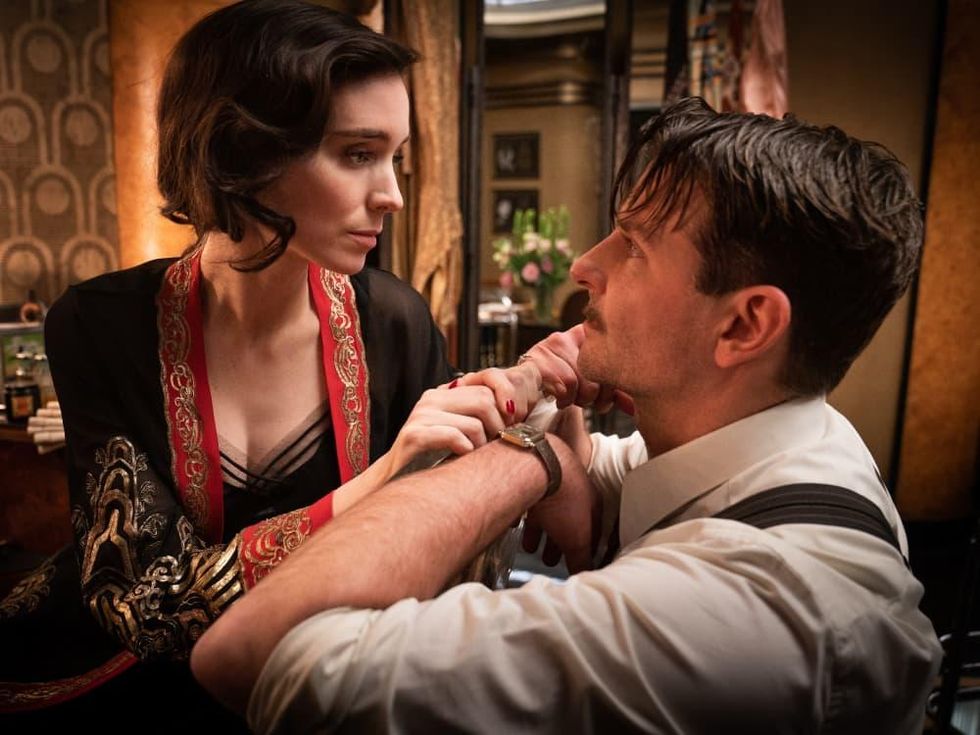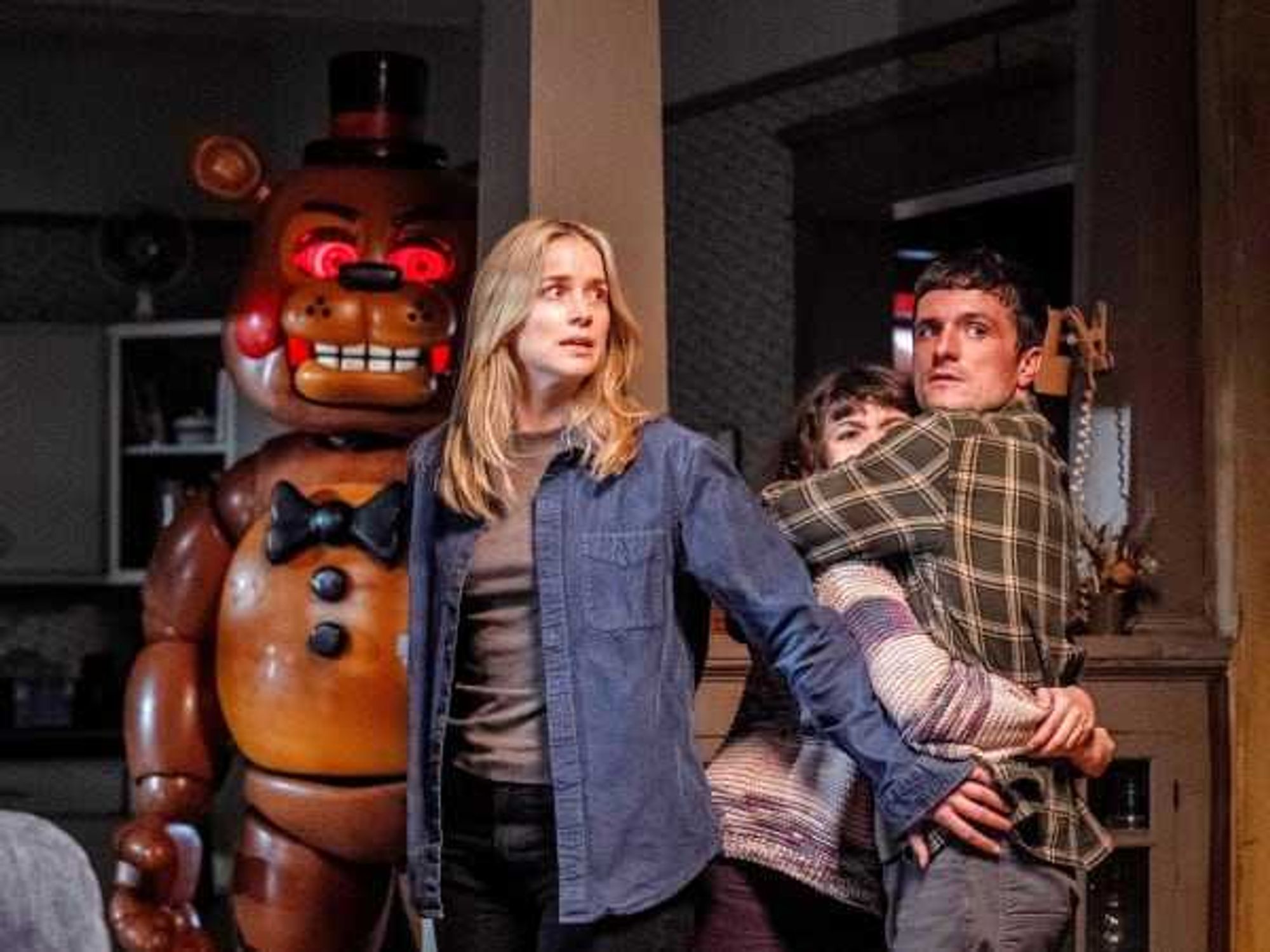Movie Review
Nightmare Alley looks fantastic, but its noir story fails to inspire
Writer/director Guillermo del Toro has made his name in Hollywood by telling a number of stories about strange creatures. He first got Oscar-level notice with 2006 fable Pan’s Labyrinth, and has continued to explore the mysterious and horrific in films like Pacific Rim, Crimson Peak, and the Oscar-winning The Shape of Water.
With his latest film being called Nightmare Alley, one might think it would be a continuation of his fascination with odd-looking creatures. While the film does go to some dark places, it stays rooted in the human world. It follows Stan Carlisle (Bradley Cooper), who soon after the film begins joins a traveling carnival, meeting people with whom he shares a similar mindset.
They include Molly (Rooney Mara), who can withstand electricity; ringleader Clem (Willem Dafoe), who’s not above cutting more than a few corners; and Zeena (Toni Collette), who proclaims to have mentalism powers. Stan is fascinated by it all, especially Zeena and her husband, Pete (David Straithairn). Filled with ambition, he learns all their tricks with hopes of going out on his own. Eventually his path leads him to Lilith Ritter (Cate Blanchett), a psychiatrist who promises to steer him toward rich patients who would be susceptible to believing his brand of deception.
Lasting a mind-numbing two-and-a-half hours, the film goes on … and on … and on, giving Stan’s quest a showcase that it never seems to deserve. Stan meets plenty of interesting people along the way, but the majority of them are peripheral to the plot, as del Toro and co-writer Kim Morgan apparently deem them not worthy of deeper exploration.
Stan’s relationships with Molly and Lilith are the most significant ones in the film, but the filmmakers manage to botch both of them. His bond with Molly is supposed to be such that she’s willing to give up her own dreams in support of his, but the chemistry between the two of them is lacking. Stan and Lilith clearly have a toxic bond, but the scheme they hatch makes little sense, so its resolution holds little to no weight.
The one thing del Toro doesn’t miss on is making the film as beautiful as possible. Setting it in post-WWI, pre-WWII America, del Toro and cinematographer Dan Laustsen amp up the visuals, combining the best of modern technology and old-school Hollywood. Even when characters are grungy, they still look great. Lighting has always been a key element in del Toro films, and it plays a big part in how everything looks here.
Taking on his first starring role in three years, Cooper is interesting but he never overcomes the stultifying nature of the story. Mara, whose career once seemed so promising, only provides one note throughout. She could learn a lot from Blanchett and Colette, who are magnetic in their respective scenes. A better look at the life of Dafoe’s character would have been nice, as the actor has a weird charm few others do.
Nightmare Alley is a noir that wants to pretend it’s way more intriguing than it actually is. Guillermo del Toro has never shied away from making his films dark, but this time he forgot to make the story interesting.
---
Nightmare Alley is showing in theaters now.




